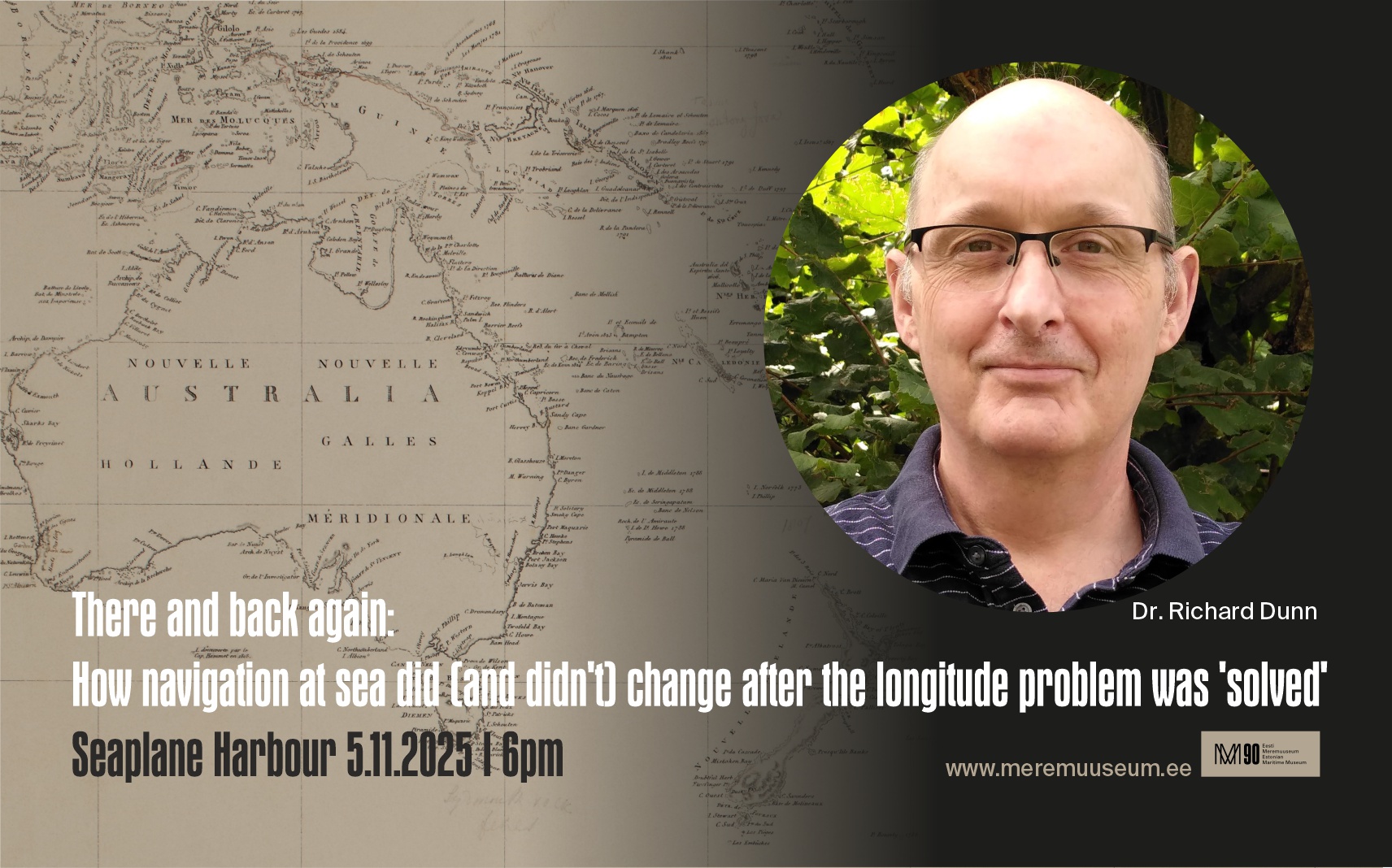05.11 | 6 PM
Seaplane Harbour

While ultimately relating to a seafaring problem – fixing a ship’s east-west position when far from land – the story of how the longitude problem was ‘solved’ in the eighteenth has often been told from the point of view of those sat safely on dry land. This talk will look instead at what difference the introduction of new methods really made to those for whom it mattered, the crews of ships sailing the world’s oceans. Drawing on examples from a range of voyages – trading, exploratory and naval – from the early eighteenth to the nineteenth centuries, it will try to make sense of what really happened at sea, from routine and successful navigation to mishap and disaster. This reveals a more complex picture of the ways in which practice did and didn’t change that in turn throws up questions for traditional accounts of the story. What it reveals is that what mattered most was where you were and why.
Richard Dunn is Keeper of Technologies and Engineering at the Science Museum, London. He previously worked as Curator of the History of Navigation and then Senior Curator for the History of Science at Royal Museums Greenwich. His publications include Finding Longitude (2014, with Rebekah Higgitt), Navigational Instruments (2016) and The Board of Longitude: Science, Innovation and Empire (2025, with Alexi Baker, Rebekah Higgitt, Simon Schaffer and Sophie Waring).
The public talk is part of the international research conference “Revisiting European Maritime Exploration in the Pacific Ocean (c. 1750–1850)”